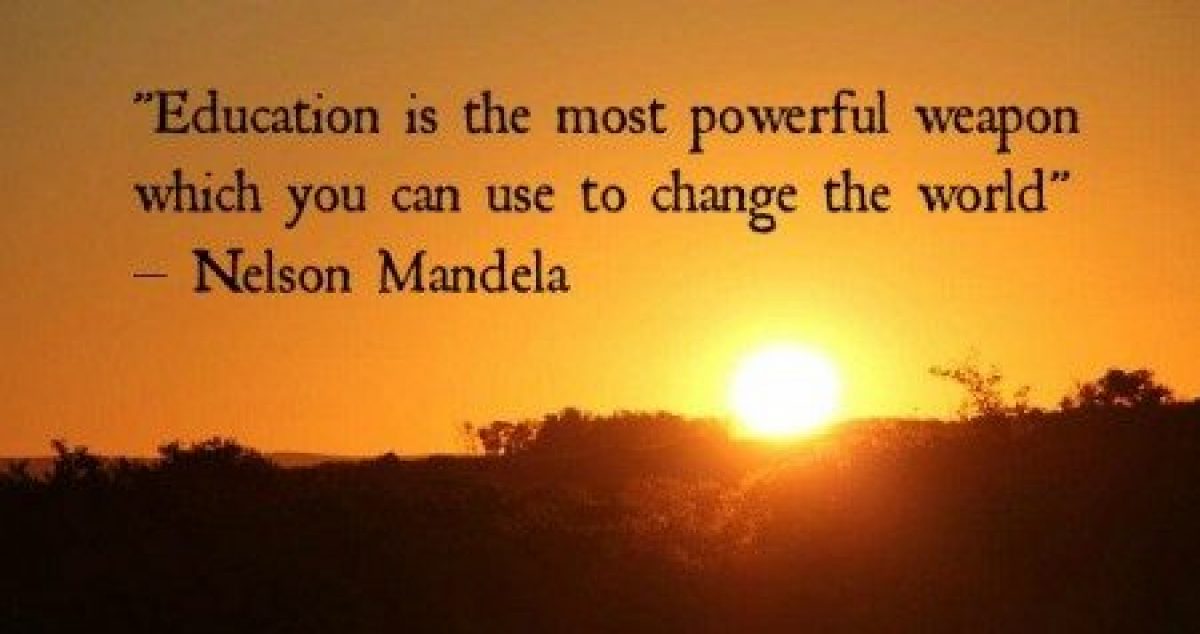For this week’s session, we took the learning outdoors and went to Kelvingrove Art Gallery in Glasgow. I often visited this museum when I was a young child but I have not been in a very long time. This was a fantastic learning experience as we got the opportunity to take part in various work shops and activities, ones that are available to primary schools across the country. It allowed me to witness the amazing opportunities and learning experiences that a trip to a museum would give to a class of pupils. I found that not being in the university classroom made the learning experience more engaging and stimulating right from the start and I was very intrigued to find out what the rest of the afternoon had to offer.

DCSM (2003-2004) suggest that “Museums inspire powerful and identity-building learning in children, young people and community members”. I think this is an important fact to consider, especially with the educational opportunities that museums offer to schools and nurseries. I was interested to discover that Kelvingrove Art Gallery and Museum offer many educational sessions for nursery, primary and secondary school classes. They ensure that these sessions cover areas of the curriculum to provide an effective and efficient learning experience for the children. We were given a handbook that outlined some of the experiences they offer to pupil’s and the curricular areas and levels that they would be suitable for. I took this resource home as I feel that it will be very beneficial to have whilst on placement.

Our afternoon began, by having the chance to observe a group of primary children taking part in a learning session about the ancient Egyptians. The children appeared to be very engaged and stimulated throughout the session. They were given the opportunity to hold real-life artifacts from the Egyptian time period, and discuss what they think the object might be, what it was used for and so on. Opportunities like this one, allow for pupils to develop their cognitive skills by being asked higher-order thinking questions as well as develop their knowledge and understanding in an engaging, exciting and fun way, one that they would not get in the classroom. As a group, we were able to take part in a similar activity where we got to touch and smell various Victorian artifacts and try and guess what they were. I found this very difficult and I will admit that I did not guess any of them correctly.

My most enjoyable part of the day was getting the chance to create my own version of the floating heads that are displayed within the gallery. I always loved looking at the floating heads when I was younger, as I was often fascinated and intrigued by the different expression that each face held. The woman gave us step by step instructions and a demonstration on how to create our floating heads. We were actively encouraged to use our imagination and creative abilities so that everyone had a different floating head. I tried to make my floating head look like myself but I don’t think I achieved that aim very well. I will let you make your own judgement on that.

Another part of the afternoon that I was really happy to experience was seeing the painting “Windows in the West” by Avril Paton. We have previously looked and studied this painting and even took inspiration from it for our print making so it was an incredible opportunity to see this painting in real-life. It was a lot larger than I had initially expected and it was an excellent opportunity to see and appreciate the detail and work that went into this painting.

Overall, I found this input a very informative, enjoyable, interesting and engaging learning experience. I can appreciate the benefits of taking pupils to an art gallery and museum, like this one, as it provides them with opportunities that they wouldn’t get to experience within the classroom. A trip like this can make a topic, being taught in school, more exciting, fun, engaging and enjoyable for the pupils. Additionally, DCSM (2003-2004) further suggest that museums “Target and motivate disadvantaged individuals and groups effectively”. This is something that I strongly agree with and is something that I have actually witnessed throughout my placement. There is a boy in my class who often struggles to maintain focus and listen throughout lessons such as mathematics or literacy and english. However, when he was taking part in an arts lesson which involved designing their Titanic boats he excelled, engaged and participated fully in the lesson. Therefore, I believe than an opportunity to visit an art gallery and museum would be a huge benefit not only for this particular child but for many children as they are given the chance to explore, use their imagination and be creative in a real-life manner.
As mentioned in my previous blog post, I said that I would attach a picture of my finished concrete poetry. I am very pleased with my finished outcome as I feel like I managed to demonstrate my evocative object and the feelings and emotions attached with it in a creative, engaging, stimulating way which is pleasing to the eye. I thoroughly enjoyed every minute of creating this piece of art, it allowed me to reflect, increase my confidence, build on existing knowledge and develop new skills. This is an experience that I would love to do with pupils as I think creating a piece of art work that you are emotionally attached to keeps you engaged, concentrated and it makes the experience more enjoyable.

References:
DCSM, (2003-2004) Inspiration, Identity, Learning: The Value of Museums. [Online] Available: https://lra.le.ac.uk/bitstream/2381/21/1/Inspiration%2C%20Identity%2C%20Learning_The%20value%20of%20museums.pdf [Accessed: 23rd February 2018]



























